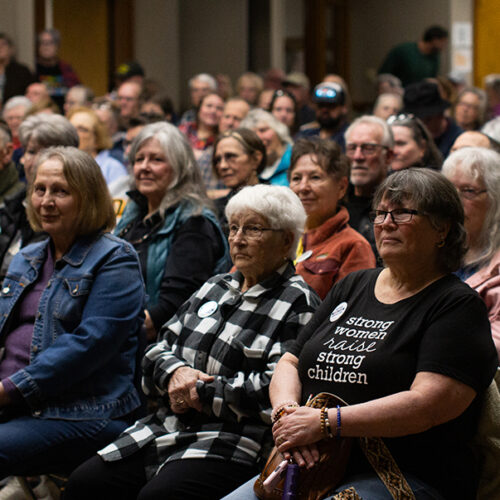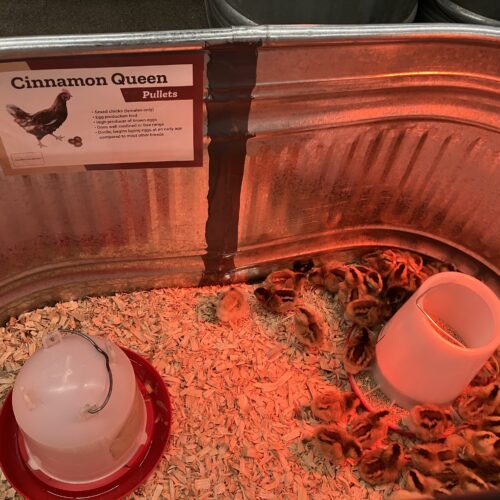
Federal grant to help people in northeastern Washington get hooked up to the power grid
Listen
(Runtime 0:55)
Read
Some people in northeastern Washington aren’t hooked up to the power grid. Now, a new $5 million federal grant will help more than 200 people get access to power.
“We’re aware of a lot of those areas within our service area where the power stops,” said Steve VanSlyke, manager for Ferry County’s Public Utility District No. 1.
The grant will help parts of Ferry and Okanogan counties connect homes to the grid for the first time, extending 30 miles of underground electric distribution lines. The service area includes parts of the Confederated Tribes of the Colville Reservation and other tribal members who live off the reservation.
The underground lines will prevent power outages from things like falling tree limbs or wildfires. The grant also will help upgrade one of the rural area’s substations, which will help make the grid more resilient.
According to the state Office of Financial Management, 37% of people in the public utility district’s service area are considered under the federal poverty level, with the lowest per capita income in Washington.
These rural areas disproportionately face larger burdens as the state transitions to carbon-free power sources, VanSlyke said.
Without access to the grid, people often rely solely on carbon-emitting power sources, VanSlyke said, like diesel generators.
“Those are the people that are going to be most adversely affected by being priced out of carbon emitting fuels,” he said. “Those resources just aren’t gonna be available, or they’re going to be priced out of them in the near future. So getting affordable energy sources to these people is going to be a big deal.”
The federal grant is a piece of $78 million in federal funding across 12 states and 13 tribal nations, according to the Office of Clean Energy Demonstrations. The funds come from the 2021 Bipartisan Infrastructure Law, part of the Energy Improvements in Rural or Remote Areas program.
Affordable access to the grid will help people have better access to heating, cooling and refrigeration, which can provide better economic opportunities in the area, according to the Department of Energy.
The project will be an immense amount of work, VanSlyke said. He said he worries about the availability of the materials and increasing costs, similar to the supply chain issues after COVID.
“It’s going to be an uphill battle, but it’s going to be worth it for those people,” VanSlyke said.















